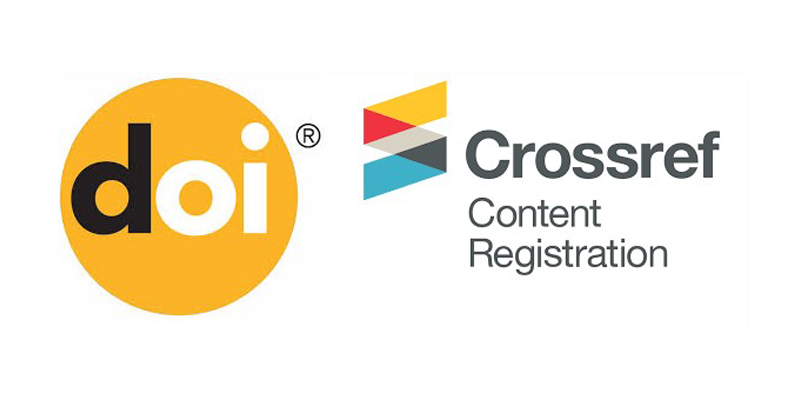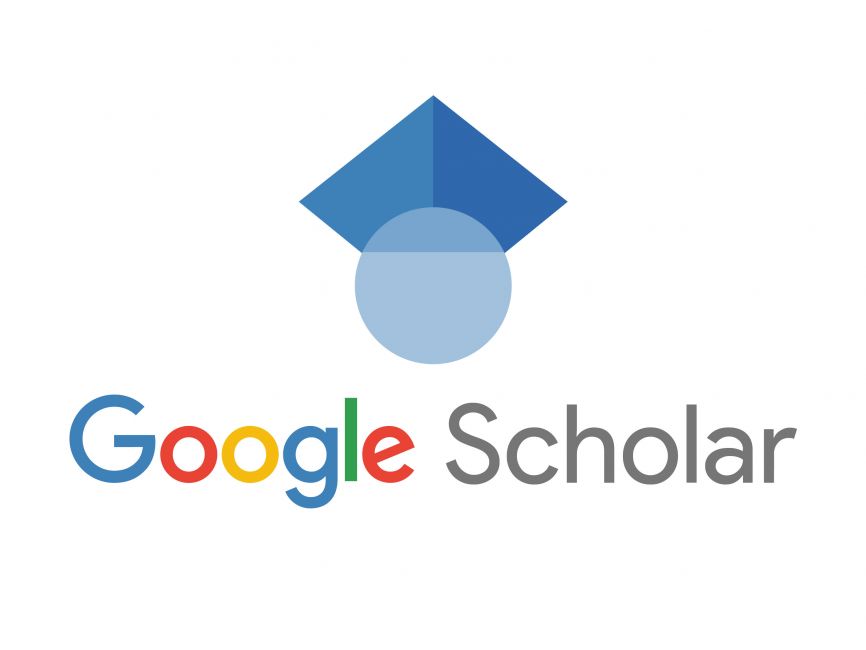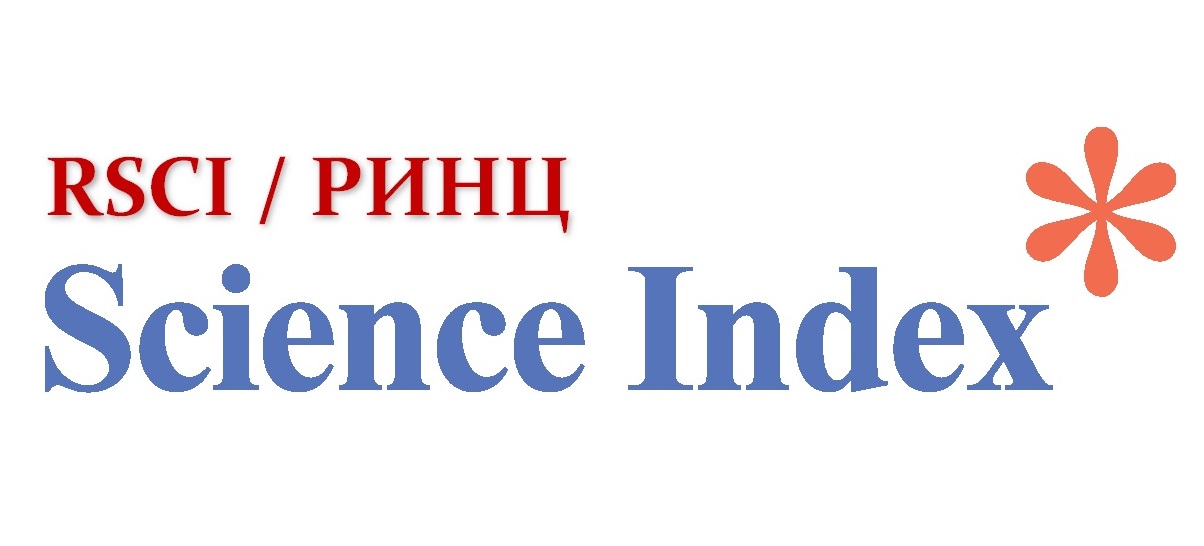Article consideration procedure
1.The manuscript submitted by the author is received by the editorial office of the journal (see Instructions for submission the article). The specialist of Scientific Publications Department (Editorial Department) - the journal manager - checks the manuscript for compliance with the technical requirements. Together with the manuscript, the author sends a cover letter to the editorial office of the journal (see the cover letter template) on the autonomous nature of the submitted manuscript, consent to check the article for plagiarism, inclusion in various databases and information systems, including full-text versions, in case of publication and granting exclusive rights to the publisher.
The average percentage of rejected articles per year is 32 %.
On average, the decision on publication is made within 2-8 months.
2.The anti-plagiarism policy of L.N. Gumilyov Eurasian National University. The Journal Manager checks the manuscript for originality through a licensed automatic plagiarism checker "Anti-Plagiarism.VUZ" (https://antiplagiat.enu.kz/). Based on the results of the automatic plagiarism check, a full electronic report of the check is uploaded. (threshold percentage of article originality is 80%). Articles that do not receive a satisfactory result will not be accepted for further review. The journal manager will notify corresponding author/author.
The manuscript is checked for originality in the editorial office through the licensed automatic plagiarism checking system "Anti-Plagiarism.VUZ" (https://www.antiplagiat.enu.kz/). Based on the results of the automatic plagiarism check of the manuscript, a full electronic report of the check is uploaded.
Terms for publication. All articles submitted to the editorial board of the journal "Bulletin of L.N.Gumilyov Eurasian National University. "Political Sciences. Regional Studies Oriental Studies. Turkology Series" manuscripts of articles after checking the system of anti-plagiarism undergo mandatory anonymous review, the results of which the editorial board makes the final decision.
3.Next, the journal manager sends the article, which has passed the necessary level of originality, to the Editor-in-Chief (Deputy Editor-in-Chief). The Editor-in-Chief (responsible editor or Deputy Editor-in-Chief) reviews the article for compliance with the journal's subject matter. In case of non-compliance, the editorial office sends a letter to the author with a justification for the refusal to publish. On average, the initial review of an article takes 2 weeks.
4.Next, the Editor-in-Chief (the responsible editor for the subject area) identifies 1 or 2 reviewers, scholar, or specialist in the relevant subject area for each article that has passed the initial selection process.
5.The journal manager then sends the manuscript with the full plagiarism check report to the reviewer to assess the possibility of publishing the article in the journal.
6.The journal uses the procedure of double-blind peer review when the editorial office does not disclose the names of authors and reviewers. The reviewer provides the editorial office with a justified review of an article, including the relevance of the topic studied and the author's contribution to the scientific field, and the level of the results obtained. All reviews contain a recommendation to publish the article (with or without modifications) or to reject it. All reviews are submitted to the editorial office of the journal. The review received by the editorial office contains one recommendation for the publication of the article from three positions:
a) Recommended for publication after editorial revision.
b) The article can be considered for publication in the journal after making adjustments according to the reviewer's comments.
c) The article is recommended for rejection
7.In case a reviewer sends a review for modification, the journal manager sends a review of the article to the author with a note "finalize the article according to the reviewer's comments "with the consent of the Editor-in-Chief (responsible editor in the field). So that, the author should provide the edited version of the article in 2 weeks.
8. Then the edited version of the article is sent to the reviewer for reconsideration. This process is repeated until the final decision of the reviewer on the article is received. In the case of agreement with the reviewer's remarks, but a dishonest approach to their correction (after the third submission of the manuscript without complete elimination of remarks) the manuscript is rejected. In case of disagreement with the reviewer's comments, the author/authors send a letter with justification to the Editor-in-Chief of the journal. The Editor-in-Chief, having considered the appeal of the author/authors, makes a final decision regarding the article.
9. All reviews and the decision of the Editorial Board on the article are sent to the main author (or the Corresponding Author) indicated in the article's metadata when submitting the article. All materials on the article (final version of the article, reviews, plagiarism report and other documents, if any) are presented at the meeting of the Editorial Board. The decision on the possibility of publishing the article in the journal is made by the Editorial Board based on the reviews. Articles that have a negative review and have been rejected by the Editorial Board are not accepted for reconsideration. If there are controversial issues, the final decision on the articles is made by the Editor-in-Chief of the journal.
10. The publication is carried out on a first-come, first-served basis as soon as the material is ready. The Editorial Board has the right to form a queue according to the headings of forthcoming issues.






